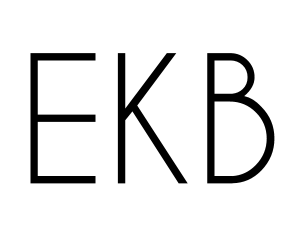An IRA is one of the most common types of retirement savings accounts. You’ll need to choose between a traditional or Roth IRA.
Making the Choice
The main difference between a traditional and a Roth IRA is how you can get a tax break. Traditional IRAs allow you to make tax-deductible contributions, while withdrawals are taxable in retirement. On the other hand, Roth IRAs allow you to make tax-free withdrawals once you retire.
Most people start the debate about the advantages of a traditional or Roth IRA by asking themselves if they think their tax rate will go up or down in the future.
If you can answer that question confidently, you can choose the type of retirement savings account that will provide you with the most significant tax break. For instance, if you’re planning on being in a higher tax bracket in the future, a Roth IRA might be the best choice. On the other hand, if you expect lower tax rates in retirement, a traditional IRA might be the best choice.
Since it’s hard to predict your tax rate when you retire, it’s essential to consider other factors, such as your lifestyle and goals, when choosing a retirement savings account.
Why Most People Choose a Roth IRA
One of the main advantages of a Roth is that it allows people to withdraw money from their retirement accounts without paying taxes or a penalty. Unlike traditional IRAs, early withdrawals from a Roth are not restricted. You can do so without paying taxes and penalties if you have to take money out of your retirement account.
However, if you’re planning on taking money out of a traditional retirement account before you retire, you’ll likely be penalized by the IRS. This means you’ll have to pay a 10% early withdrawal penalty and taxes on the money you’re taking out. There are some exceptions to this rule, and you’ll need to be more careful with your money.
Unlike traditional IRAs, a Roth allows retirees to make withdrawals without having to start taking minimum distributions at age 72. A Roth also does not require minimum distributions. If you’re still alive and have a Roth, you can continue growing the money without taking minimum distributions.
If you’re not highly disciplined, you might have more after-tax savings in a Roth IRA. Although both retirement savings accounts provide a tax break, the Roth has an overlooked benefit. Unlike traditional IRAs, the tax benefit from a Roth can only be withdrawn once you retire, which means you won’t be tempted to spend the money before you retire.
One of the main advantages of a Roth is that it allows people to get more after-tax savings if they’re not planning on investing the money they’re getting back from their traditional retirement account. Most companies provide a similar tax break to traditional IRAs by offering a Roth option for their employees. If you’re not planning on investing the money you’re getting back from your retirement account, then you should consider a Roth instead.
Conclusion
The main advantage of a traditional IRA is that it provides a tax break. This benefit can be very advantageous for high-income individuals, as it allows them to save for retirement without making much money. In the long run, it can also make it more affordable to save for retirement.
Although a Roth is more advantageous than a traditional IRA, you’ll eventually have to deal with the tax burden in retirement. With a Roth, you’ll have the advantage of the tax break without having to make a lot of money.
.
.
.
Originally published at EtienneKiss-Borlase.net
